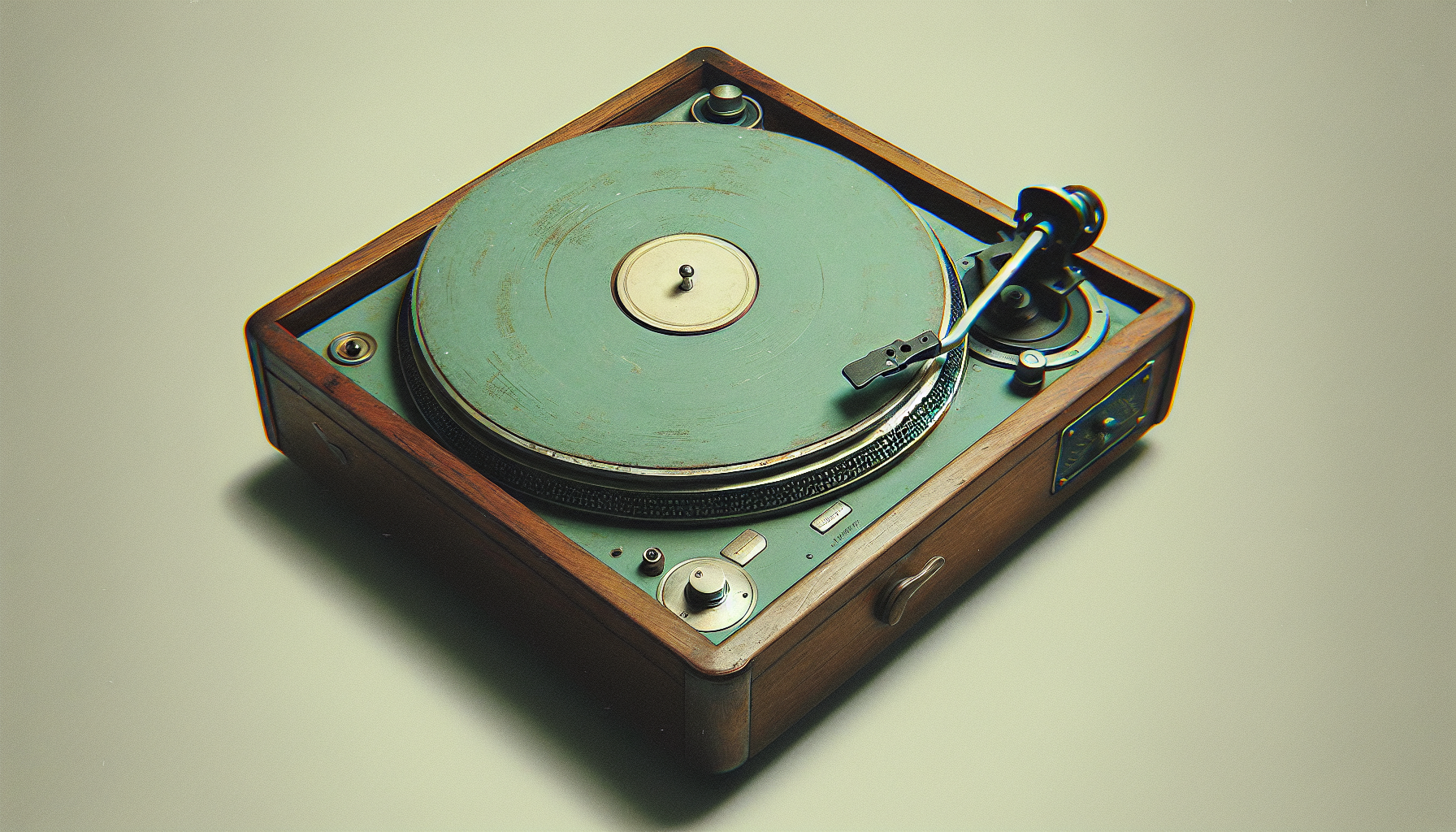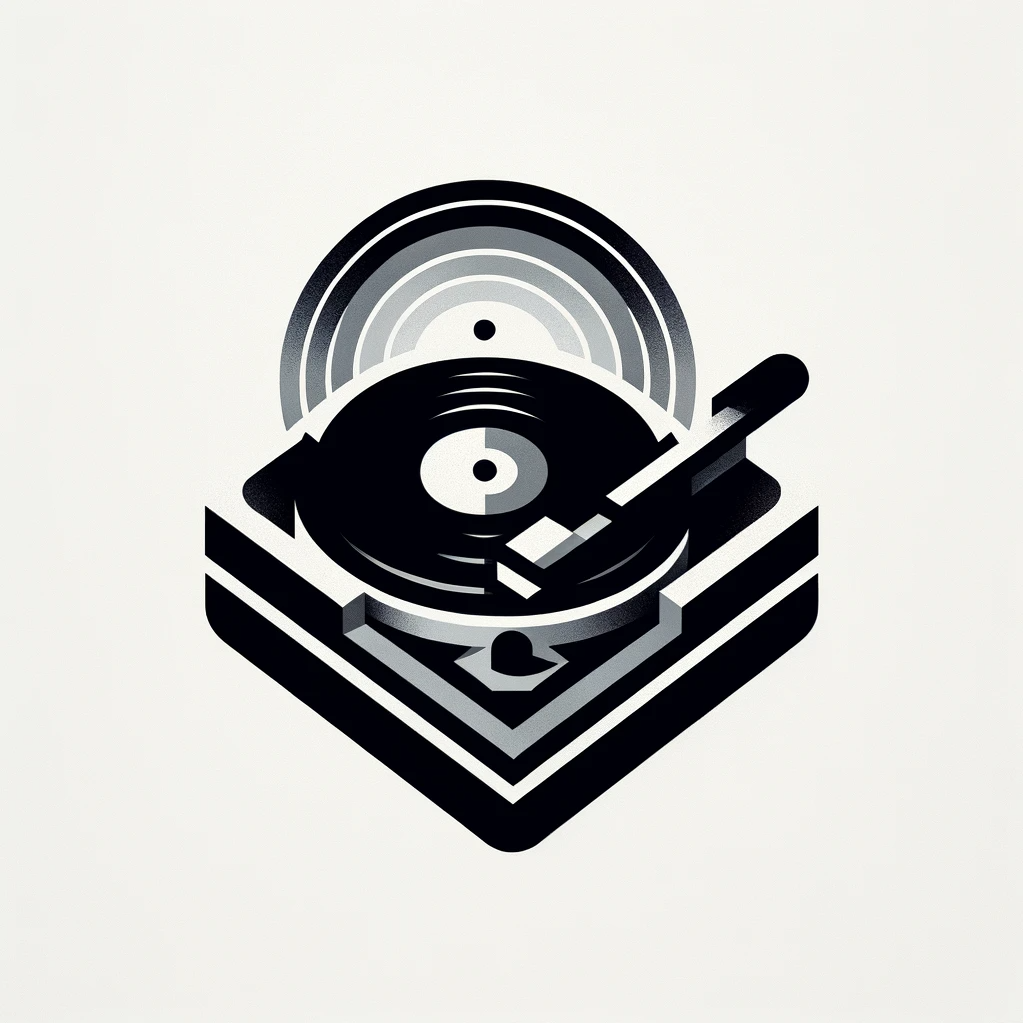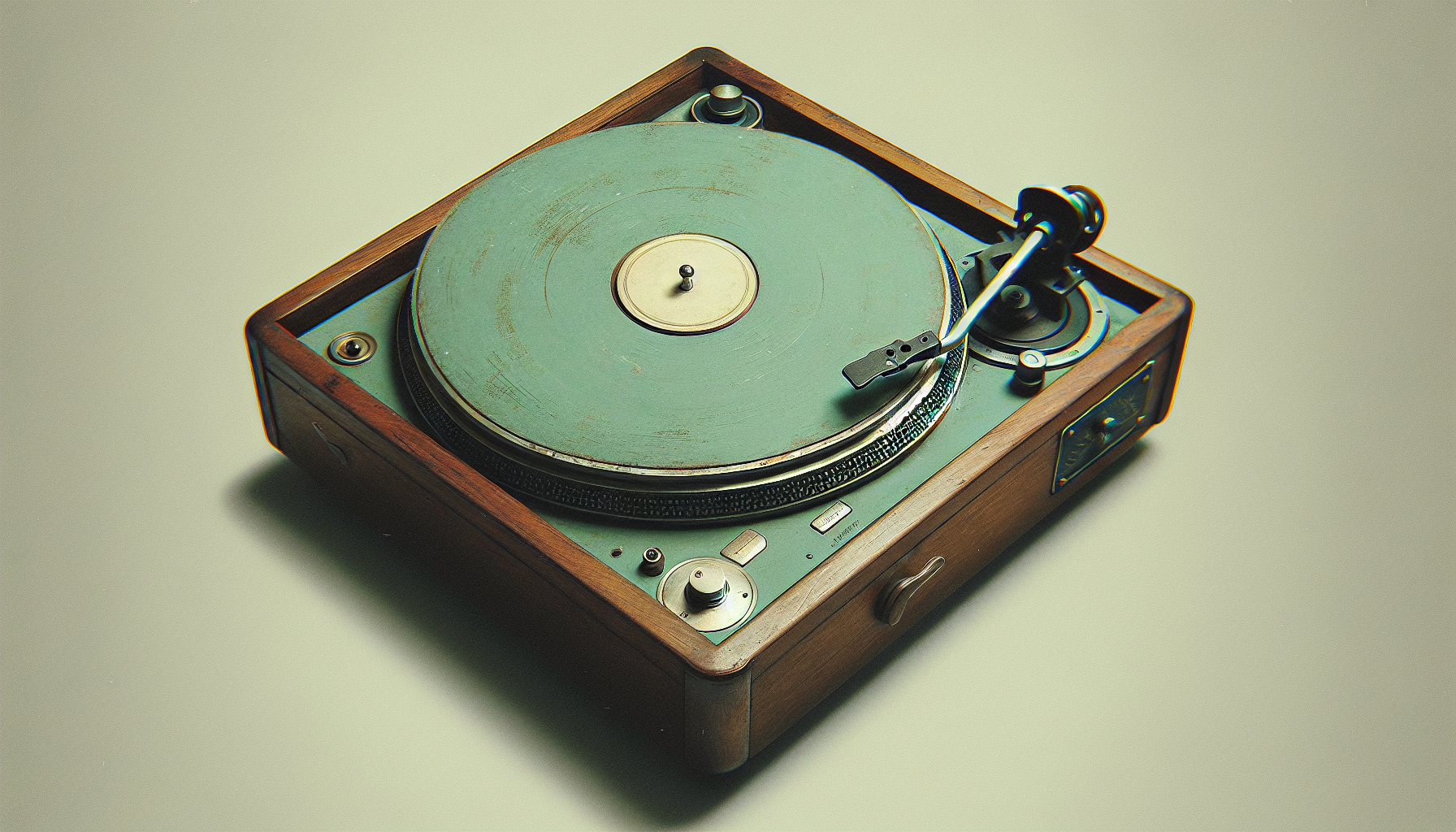Have you ever wondered what is the correct name for a record player? Well, you’re not alone! Many people often refer to this nostalgic music device in different ways, such as turntable, phonograph, or even vinyl player. With the resurgence of vinyl records in recent years, it’s important to know the proper terminology to avoid any confusion. In this article, we will explore the various names used to refer to this classic music player and shed some light on what is the most accurate and widely accepted term for this beloved piece of musical history. Get ready to uncover the truth about the correct name for a record player!

Introduction to Record Players
Record players have been a staple in the world of music for decades, providing a unique and nostalgic listening experience. With their distinctive sound and ability to play vinyl records, these audio devices have captured the hearts of audiophiles and music enthusiasts alike. But amidst the various names and terms used to refer to record players, it can be confusing to determine the correct terminology. In this article, we will explore the evolution and types of record players, highlight the components that make them work, clarify the differences between record players and other audio devices, discuss common misnomers, and address the controversy surrounding their name.
Evolution and Types of Record Players
Gramophone
The gramophone, invented by Emile Berliner in the late 19th century, was one of the first devices capable of playing recorded sound. It featured a large horn for amplification and a turntable on which the record was placed. While the term “gramophone” is often used interchangeably with a record player, it specifically refers to the early models that used a mechanical spring-driven motor to rotate the turntable.
Phonograph
Another early predecessor of the record player is the phonograph, which was invented by Thomas Edison. The phonograph used a cylinder to capture and reproduce sound, unlike the flat discs used in gramophones and modern record players. While less commonly used today, the term “phonograph” is still occasionally employed to refer to record players in general.
Turntable
In the modern era, the term “turntable” has gained popularity as a name for record players. Originally used in the context of DJ equipment, turntables refer to the motorized component of the record player that rotates the platter. Some purists argue that “turntable” should only be used to describe the rotating mechanism and not the entire device, while others use it as a general term for record players.
Record Changer
Record changers, as the name suggests, were designed to automatically change and play multiple records sequentially. These devices, popular in the mid-20th century, allowed listeners to enjoy a continuous stream of music without manually having to change each record. While record changers are no longer as common today, they were an important part of the record player evolution.
All-in-One Record Player
The all-in-one record player combines various components, including the turntable, amplifier, and speakers, into a single compact unit. These devices are convenient for casual listeners as they provide an all-inclusive setup without the need for additional equipment. All-in-one record players are often used by individuals who want a simple and hassle-free way to listen to their vinyl collection.
Components of a Record Player
To better understand the workings of a record player, let’s take a closer look at its key components:
Platter
The platter is the rotating platform where the record is placed and played. It needs to be smooth and level to ensure proper playback. Different materials, such as aluminum, acrylic, or glass, are used for platters, with each having its own sonic characteristics. A heavy platter can provide more stability and reduce vibrations, leading to improved sound quality.
Tonearm
The tonearm is responsible for holding the cartridge and stylus and guiding them across the record’s grooves. It needs to be properly calibrated to ensure accurate tracking and minimal wear on the vinyl. Tonearms can come in various designs, including straight, S-shaped, and J-shaped. Each design has its own benefits and considerations, such as tracking ability and resonance control.
Cartridge
The cartridge is a crucial component that contains the stylus, also known as the needle, responsible for physically reading the grooves on the record. There are two primary types of cartridges: moving magnet (MM) and moving coil (MC). Each type has its own sonic characteristics and requires specific preamplification to amplify the signal for playback.
Stylus
The stylus, or needle, is the tiny diamond-tipped component that makes physical contact with the record’s grooves. It translates the information stored in these grooves into an electrical signal, which is then further amplified to produce sound. Stylus shapes can vary, with elliptical and spherical being the most common. The shape affects its ability to accurately track the grooves and extract the finest details from the record.
Drive System
The drive system determines how the platter rotates. There are three primary types: belt-drive, direct-drive, and idler-wheel. Belt-drive systems use an elastic belt to transmit power from the motor to the platter, resulting in smoother and quieter operation. Direct-drive systems, on the other hand, directly connect the motor to the platter, offering better torque and speed stability. Idler-wheel systems, which are less common today, use a wheel between the motor and the platter for power transmission.
Amplifier
While not exclusive to record players, amplifiers play a crucial role in powering the speakers and boosting the signal from the record player. They allow for volume control and often provide additional tone shaping options. Some record players have built-in amplifiers, especially the all-in-one models, while others require connection to an external amplifier or receiver.
Differences between Record Players and Other Audio Devices
Record players are often categorized as a subset of audio devices, but they have distinct differences from other common music playback devices like CD players or digital media players. The most significant difference lies in the medium they utilize: vinyl records. Unlike digital formats or CDs that store audio as binary data, records capture and playback sound through physical grooves on the surface.
Vinyl records offer a warm, rich, and nostalgic sound quality that many audiophiles find appealing. The analog nature of record playback allows for a more immersive listening experience, capturing the subtle nuances and imperfections that digital formats may omit. Additionally, the act of physically placing a record on the turntable and carefully lowering the stylus adds a tactile element to the enjoyment of music.
While digital media players and CD players offer convenience through their portability and vast music libraries, record players provide a unique and tangible connection to music history. They evoke a sense of nostalgia and create a sonic experience that cannot be replicated by other audio devices.
Common Misnomers for Record Players
Despite the various names used to refer to record players, some terms have become misnomers over time. These misnomers can cause confusion and further blur the correct terminology. Here are a few examples:
“Record Player Victrola”
Victrola, originally a brand name, has become synonymous with record players in some contexts. However, using “Victrola” to refer to any record player is incorrect. The term should be reserved for record players made by the Victor Talking Machine Company, a renowned manufacturer of early phonographs and gramophones.
“Phonograph Record Player”
Combining terms like “phonograph” and “record player” may seem logical, but it is redundant. A record player is already an evolved version of the phonograph, and using both terms together is unnecessary.
“LP Player” or “45 Player”
Using terms such as “LP player” or “45 player” to refer to record players is inaccurate. While LP and 45 RPM (revolutions per minute) records are commonly played on record players, these terms should not be used to describe the device itself. Record players can accommodate various record sizes and speeds, making them versatile music players.
Controversy Surrounding the Name of Record Players
The naming controversy surrounding record players primarily revolves around the usage of terms like “turntable,” “phonograph,” and “gramophone.” Each of these terms carries its own history, evolution, and context, leading to differing opinions on their correct application.
The term “turntable” gained popularity in the DJ community due to its association with DJ equipment. DJs commonly use record players to manipulate and mix music, leading to the term “turntable” being widely used in this context. However, some argue that “turntable” should be narrowly defined as the rotating mechanism itself and not be used interchangeably with the entire record player unit.
“Phonograph” and “gramophone” are older terms that predate the modern concept of record players. While these terms are not as widely used today, they are sometimes employed to refer to record players, especially in historical or nostalgic contexts. Their usage can vary depending on personal preference, regional differences, or specific historical references.
Clarifying the Correct Terminology
With the different names and terms for record players discussed, let’s clarify the correct terminology:
Record Player
The term “record player” is the most generic and widely accepted term for the device as a whole. It encompasses all the necessary components required to play vinyl records, including the turntable, tonearm, cartridge, stylus, drive system, and amplifier.
Turntable
While some argue that “turntable” should be limited to describing the rotating mechanism, it has become widely accepted as a general term for record players. “Turntable” often manages to convey the functional essence of the device.
Phonograph
“Phonograph” is an older term that can be used interchangeably with “record player,” but it is more commonly associated with earlier models that used cylinders instead of flat discs. Using “phonograph” may evoke a sense of historical significance or nostalgia.
Gramophone
Similar to “phonograph,” “gramophone” refers to early record players that used mechanical spring-driven motors. Using “gramophone” can add a touch of vintage charm to the description of a record player.
Ultimately, the choice of terminology depends on personal preference, context, and the specific historical references one wishes to evoke.
Conclusion
In conclusion, record players have evolved through various iterations throughout history, from gramophones to modern all-in-one units. Each term used to describe record players carries its own nuances and historical significance. While the most generic and accepted term is “record player,” terms like “turntable,” “phonograph,” and “gramophone” are still used, often depending on personal preference or historical context.
Despite the controversy surrounding the correct name for record players, their impact on the world of music and the listening experience they provide remain undeniable. So whether you choose to call it a record player, turntable, phonograph, or gramophone, the joy of spinning vinyl records and immersing yourself in the rich sound they produce is what truly matters. Rediscover the magic of record players and enjoy the timeless beauty of analog music.


